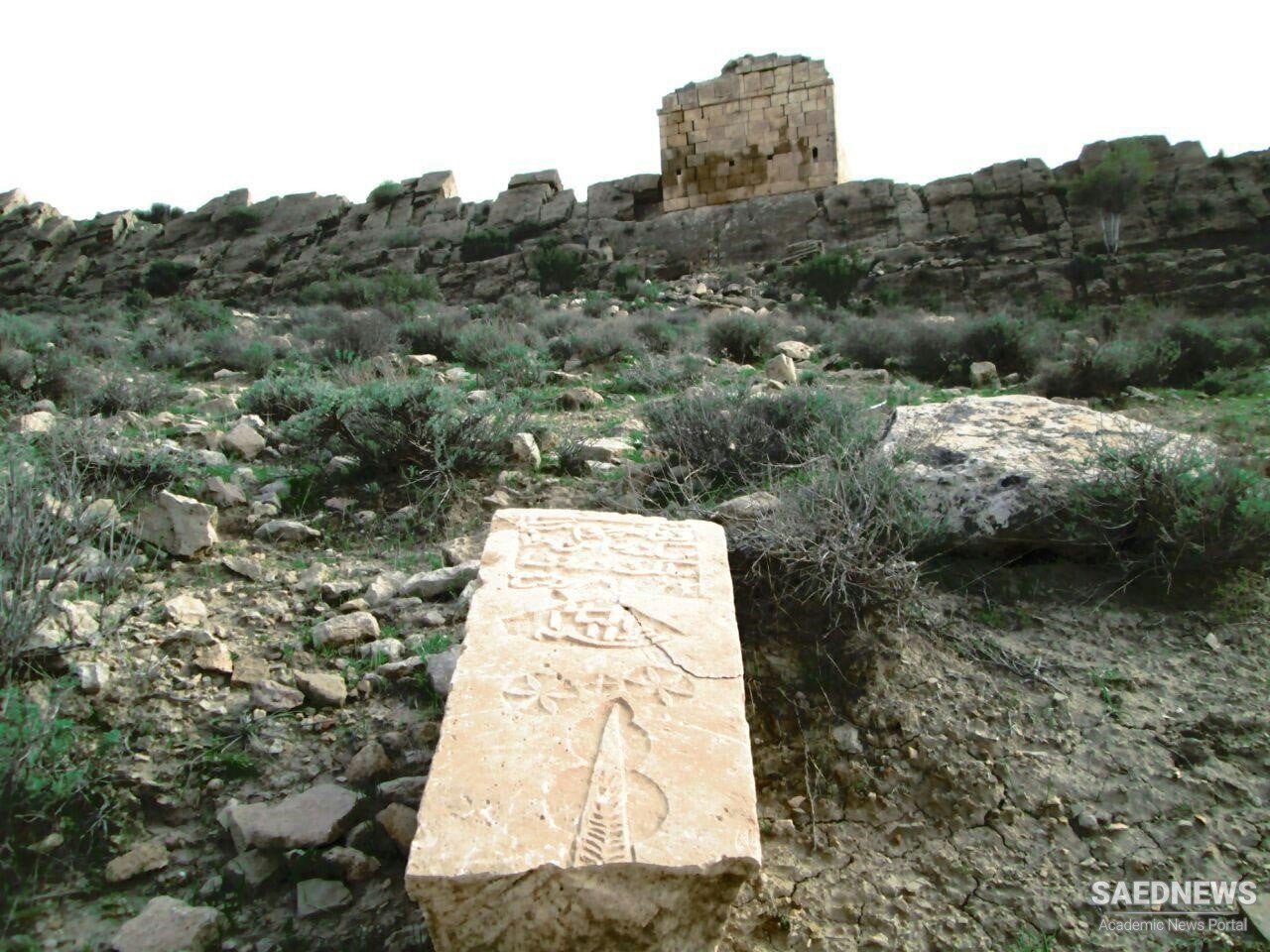Jāmāsp or Zāmāsp (Middle Persian yʾmʾsp, zʾmʾsp; Greek Zamásphēs; Arabic Jāmāsb, Zāmāsb, Zāmāsf; New Persian Jāmāsp, Zāmāsp) ascended to the Sasanian throne in 496 (or possibly early 497) when his brother, the king of kings Kawād I, was deposed. Jāmāsp, like Kawād, was a son of the Sasanian ruler Pērōz (r. 459-84). Jāmāsp’s name associated this short-reigned Sasanian king with the legendary seer Jāmāspa (q.v.), who supposedly served the Kayanian Vīštāspa (Kay Vīštāsp). On his coinage, the name is inscribed as Jām (Mid. Pers. gʾm) perhaps also linking him with the mythical Pishdadian monarch Jam or Jamsēd (Av. Yima Xšāeta).
The period just prior to Jāmāsp’s reign witnessed waxing influence of Mazdakism, raids by Arab tribes in the province of Asuristan (see ĀSŌRISTĀN) to the southwest and along the border with Arabia, rebellion by Armenians in Armin to the northwest, deteriorating relations with the Byzantines in the west, and an uprising by members of the Iranian nobility and clergy angered by socioeconomic and religious changes. The rebellion by feudal nobles and magi resulted in Kawād’s ouster, trial, and imprisonment, and produced Jāmāsp’s elevation as šāhān šāh “king of kings.” Kawād escaped from captivity in Khuzestan, fled eastward, and found safe haven with the Hephthalites (q.v.), among whom he had been raised. After having gathered forces under his command, Kawād fought back for the throne with the assistance of those Hephthalite troops. Famine caused much hardship across the Sasanian empire, adding to the social, political, and religious tumult of that period (see overview in SASANIAN DYNASTY at iranica.com). Jāmāsp, probably realizing he lacked support to retain the monarchy, chose not to confront Kawād in battle. Thereby, rule of Iran was relinquished back to Kawād I in late 498 or early 499 (Source: Encyclopedia Iranica).



 Anahita or Heavenly River of Ancient Persia
Anahita or Heavenly River of Ancient Persia














































